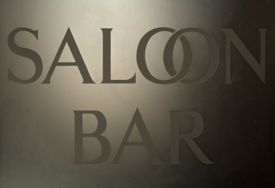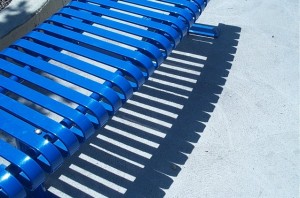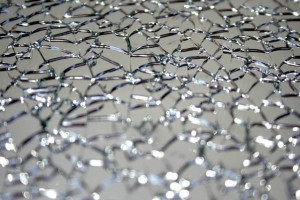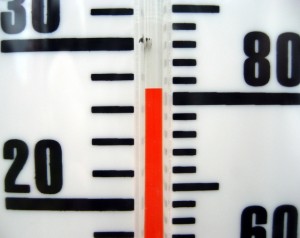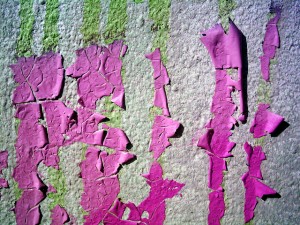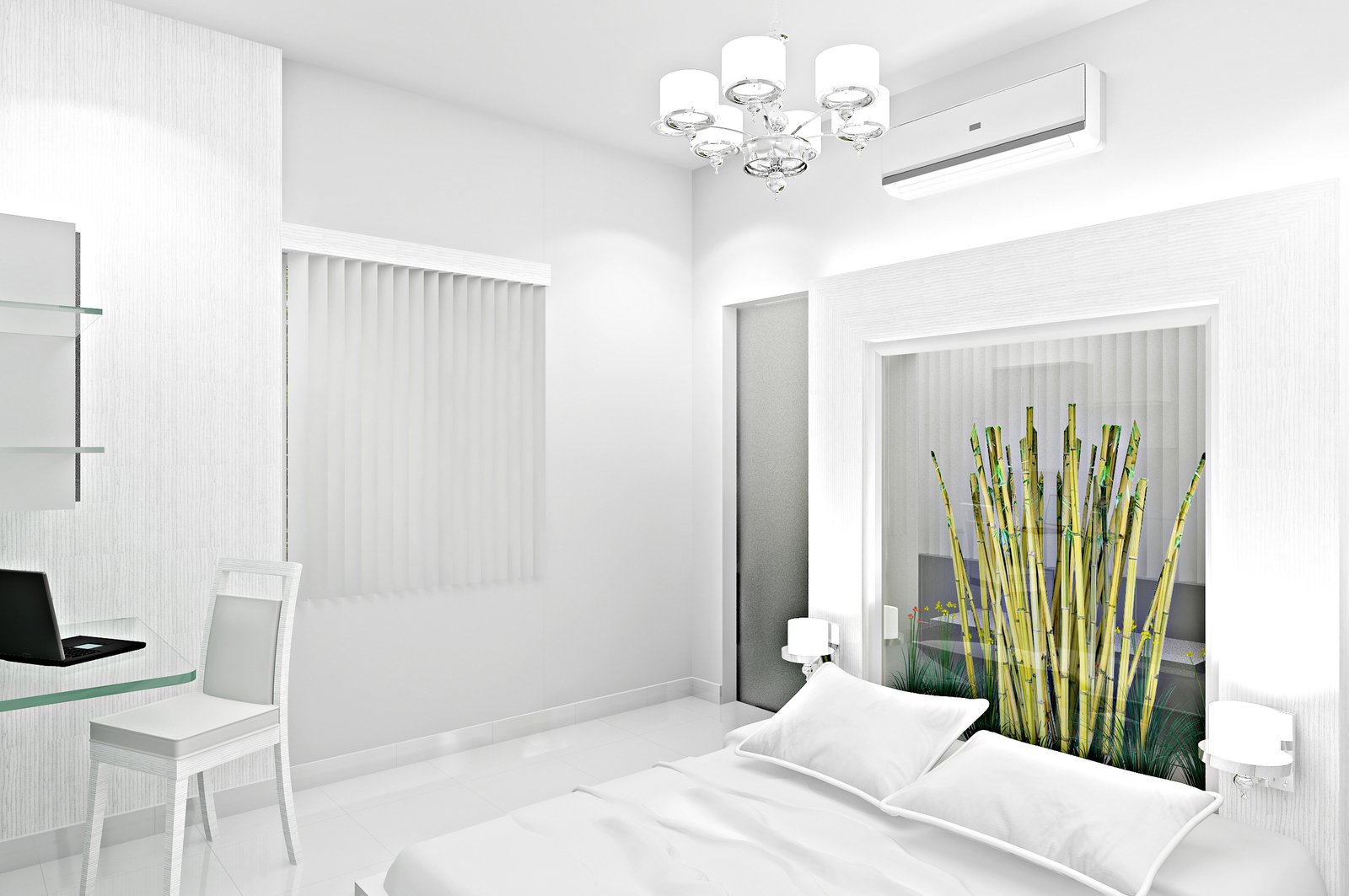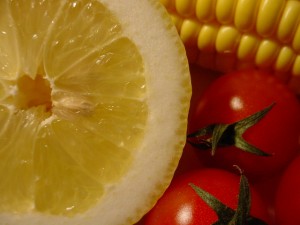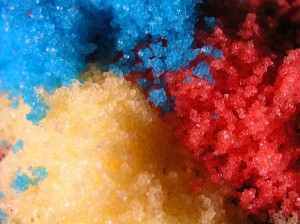Commercial Glass and Glassprimer™ products
Glassprimer™ glass paint and products are often featured in home decorating plans, but they aren’t designed just for homes! The Glassprimer™ product line is right at home in commercial settings, too! Glass is used heavily in office spaces, hotels, medical facilities and retail spaces, and is valued for its durability, flexibility and availability.
Decorating with commercial glass
Whether you’re working with a residential or commercial space, glass is an excellent medium for decorating and can be incorporated in a number of ways. In the commercial space, glass is found in windows, doors and curtain walls, all of which can be decorated or enhanced with glass paint.
UV-inkjet printing directly on glass can also be used on interior or exterior glass. The UV-inkjet printing technique can be used to enhance signage, and allows photorealistic imagery in a wide range of colors to be applied permanently to the surface of any glass. UV-inkjet printing does not require any additional curing or special surface preparation, making it a highly cost effective option for commercial glass installations.
Glassprimer™ molecular surface activator is a special glass surface primer that allows UV-inkjet printing and commercial urethane paints to bond directly to glass similarly to Glassprimer™ glass paint. The Glassprimer™ molecular activator enhances the durability of UV-inkjet printing and opens a range of branding and marketing opportunities using available glass surfaces in any commercial space.
Glassprimer™ glass paint can also be used to create a frosted effect on interior or exterior glass. Glassprimer™ glass paint offers superior resistance to UV light, and can be applied directly to interior or exterior windows. Used as a cost-effective alternative to true frosted glass, glass paint can improve the usability of offices and conference rooms by reducing distractions while still permitting natural light to penetrate the space.
In commercial glass applications, glass paint can be used to complement glass walls, glass partitions and frameless glass doors. Glassprimer™ glass paint will not interfere with operable windows or aluminum-framed glass doors.
Glass paint is an ideal complement for commercial decorating applications. If you’d like more information about working with glass paint, please check out the rest of our website. If you’d like to purchase Glassprimer™ glass paint, please visit our online store .
Photo Credit: Scott Snyder, via FreeImages.com

